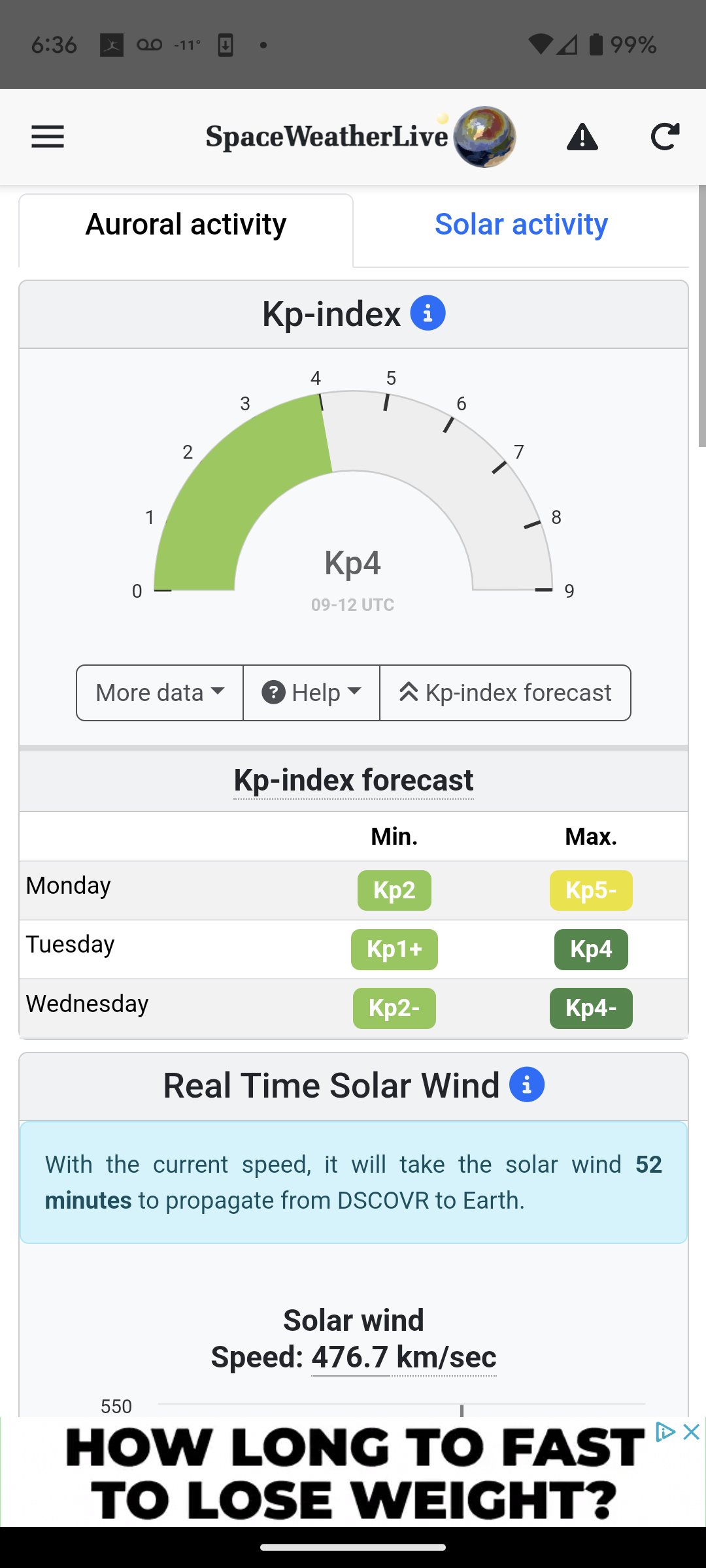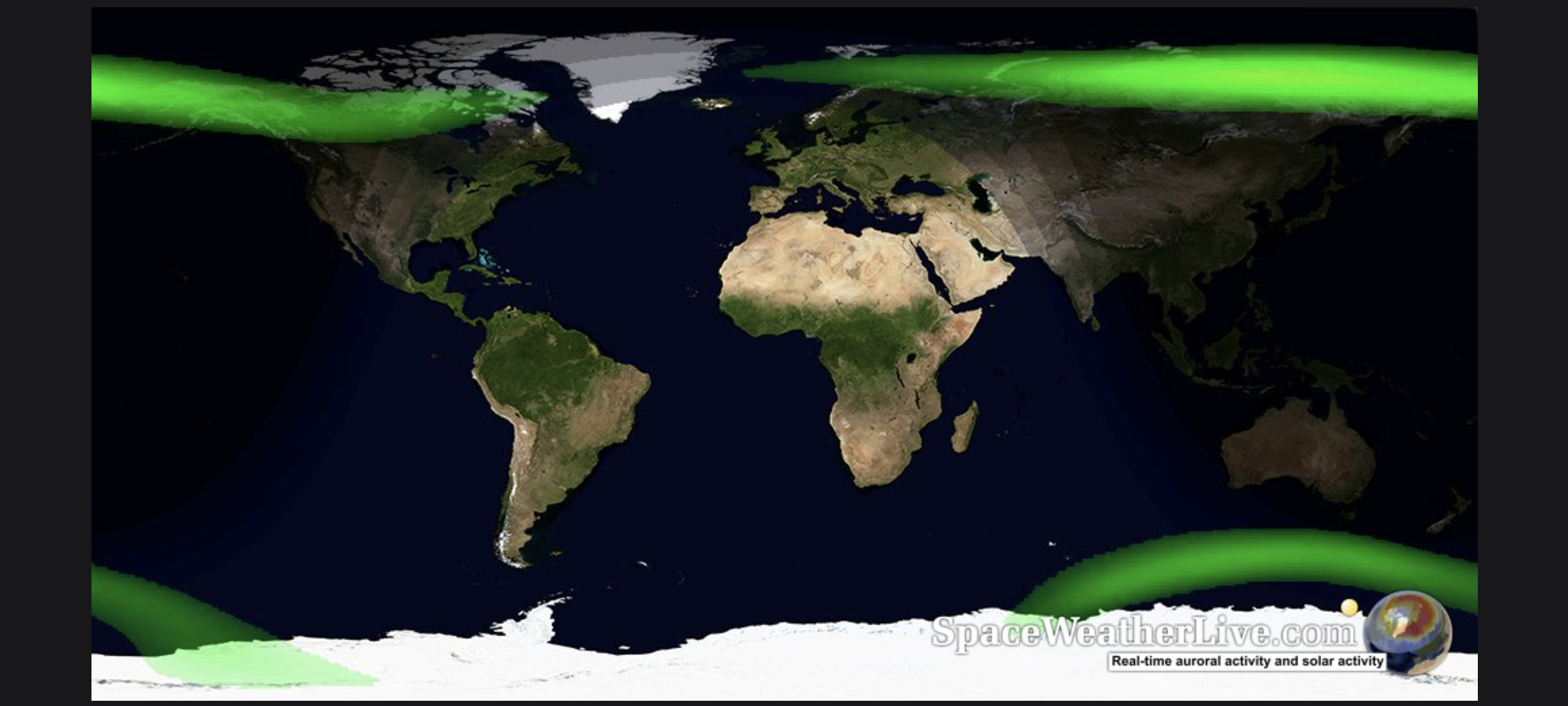Heliophysicst here. This is not true. The flare that hit Earth on December 14th was an X-2.6 flare. While this is a large flare and the largest of the current solar maximum, it is nowhere near the largest ever recorded. The largest was on November 4th, 2003 (referred to as part of the Halloween storms), which was so strong it actually saturated the detectors. It was measured at an X-28, which is more than two orders of magnitude larger than Thursdays, but was estimated to be much larger than that.
Thank you! Do we have an estimate of what the Carrington Event might have been? Obviously they didn’t have the same detectors in 1859.
Good question! Scientists have estimated the solar flare that occurred prior to the Carrington event might have at around an X-45 (Elvidge et al, 2018). I believe that this was the first flare ever recorded, but as you mentioned, we obviously we didn’t have modern detectors back then for measurement.
Hey I have a solar flare/CME question that I have always wanted to know. What is the largest flare possible? And what would happen if the earth caught the full force of it? I have read about the Carrington Event and I assume that it would be worse than that.
How close would the flare come to earth? As in the light/plasmas emissions. Opposed to the partial emissions or is that a dumb distinction.
Thank you.
The theoretical limit for a solar flare is very high. These are called super flares. However, they are exceptionally rare and tend to occur in younger, larger stars than our sun. That said, it isn’t impossible for one to occur, and if a massive flare were to occur, the flare wouldn’t be the worst part. Simply put, a solar flare is magnetic energy being launched from the surface of the sun in the form of photons or particles of light. While this would create radio blackouts, satellite drag, and phenomenal aurora, it wouldn’t have a significant impact on Earth’s surface (except for the satellite issues). The real danger is the coronal mass ejection that would follow. A coronal mass ejection is protons, neutrons, alpha particles, and electrons being launched at insane speeds off the Sun’s surface. Because these particles are charged, they can impact our electric grid. And in an extreme case could, in theory, destroy it through massive electrical ground level enhancements. These enhancements would primary occur at higher latitudes because the charged particles would follow Earth’s magnetic field lines toward the poles, but could easily disrupt electric grids northward/southward of 30 degrees. That would mean most of Europe, America, much of Asia, Australia, half of South America and Africa all without power. Obvious chaos would ensue. The good news is governments are aware of this risk and have begun taking preventive mechanisms to prevent such a catastrophic failure. The other piece of good news is this type of event is very rare. The likelihood of it happening in anyone’s given lifetime is extremely low.
Thank you so much.
deleted by creator
I recall the Halloween ones. I was out with my brother and friends walking around on a spooky wooded sled hill out in rural Michigan and we had full on red auroras. Very uncommon to see them at all in that region, and when we did they were faint green or white at best.
Friendly reminder to everyone that you can use the SpaceWeather Live app to monitor current solar activity and aurora forecasts. Search up an “aurora kp chart” for your continent to see what strength of storm (kp1 to kp10) is typically required to see them overhead in your area. This should help you while reading the current forecast to know whether or not it’s even worth going outside to check for them.
Aurora activity is very strong right now and will continue until its peak in 2025, then gradually slope off over the following years. This is an excellent time to pick up the hobby and see those northern lights.


Great tip! Thank you
Wow, and I didn’t even notice our power grid failure, mobile electronics going haywire, or our magnetic poles flipping causing satellites to fall from the sky.
I mean, according to those cheap conspiracy documentaries, that should have done us in.
Most of that is bullshit, but our sun has produced flares capable of disrupting the power grid, just most of the time we’re not in their path.
https://en.m.wikipedia.org/wiki/Carrington_EventA flare will disrupt radio.
A coronal massage ejection causes those. They are associated with flares, but consist of charged particles that travel much slower than the speed of light.
A CME can cause aurora, radio blackouts, pipeline and power line current induction, satellite problems and worst scenario destruction of transformers.
The Earth’s magnetic field flipping is unrelated and appears to be roughly periodic.
Do these correlate with a higher loss rate of LEO’s like Starlink?
Yes and no. Starlink’s loss rate has to do with their two step launch process. For cost reasons, they launch a bunch of satellites to an initial altitude of much lower than LEO, typically between 200-300 km. At these altitudes, satellite drag is high and gets higher with solar activity. Then they use fuel to propel them into their operational orbit. This worked fine during solar minimum when space weather activity is low. However, as we approach solar max, this method will continue to cause more losses because of higher space weather activity. The February, 2022 incident when they lost 38 satellites was due to a moderate geomagnetic storm should have been a wake up call. That storm wasn’t even that big. If they continue to launch using this method over the next few years as we reach solar max, they will continue to lose more satellites.
I thought I felt something tickling me.
Okay, maybe a crazy question, but one day last week our garage door was going up and down by itself for a while. My wife was worried that someone had our remote or remote frequency, but I suspected something like this.
Would this event have caused the issue?






